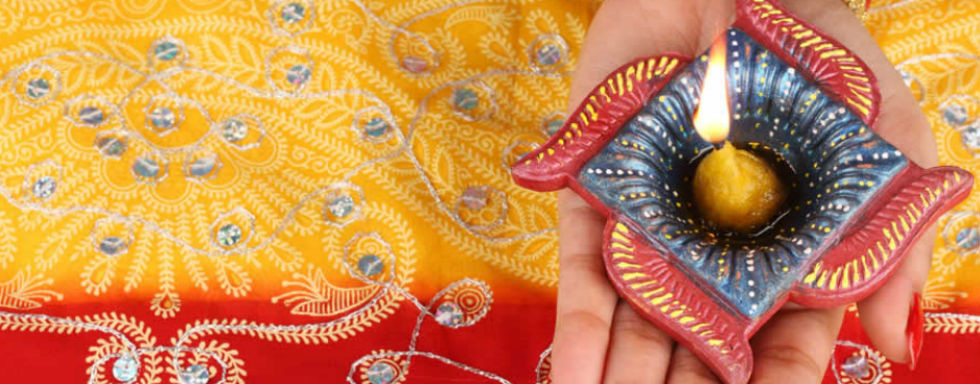Holi (Hindi: होली) or Phagwah (Bhojpuri) is a popular, Hindu spring festival, observed in North India and Nepal, also called the Festival of Colours. Last about five days. In West Bengal, it is known as Dolyatra (Doljatra) or Boshonto Utshob (“spring festival”).
On the first day, bonfires are lit at night to signify burning Holika.
On the second day, known as Dhulandi, people spend the day throwing coloured powder and water at each other. The spring season, during which the weather changes, is believed to cause viral fever and cold. Thus, the playful throwing of the coloured powders has a medicinal significance: the colours are traditionally made of Neem, Kumkum, Haldi, Bilva, and other medicinal herbs prescribed by Āyurvedic doctors. A special drink called thandai is prepared, sometimes containing bhang (Cannabis sativa). People invite each other to their houses for feasts and celebrations later in the evening.
Rangapanchami occurs a few days later on a Panchami (fifth day of the full moon), marking the end of festivities involving colours.
Although a Hindu celebration, other religions in India celebrate it as well. In fact, some of the best Holi celebrations are said to happen in Punjab, where Hindus and Sikhs celebrate together. This celebration in Punjab typically involves Dholi’s and other musical instruments as kids and adults celebrate.
Holi takes place over two days in the later part of February or early March. As per the Hindu calendar, it falls on the Phalgun Purnima (or Pooranmashi, Full Moon). (In 2007, Holi was celebrated on 3 March, the burning of Holika was on 4 March and the Dhulendi on 5 March.)

Comments are closed.